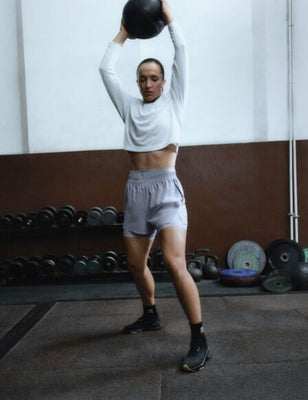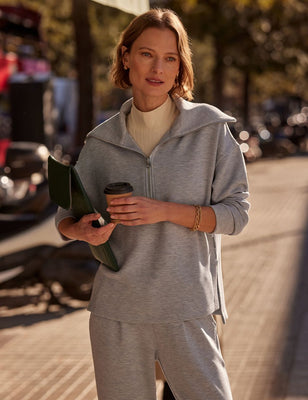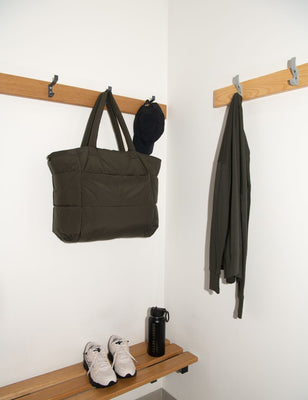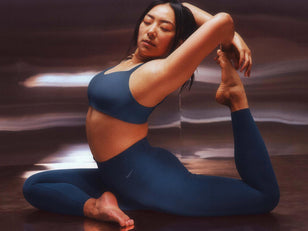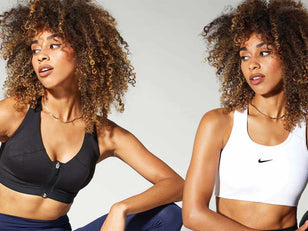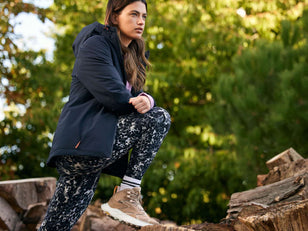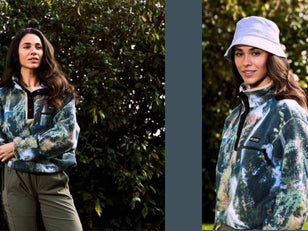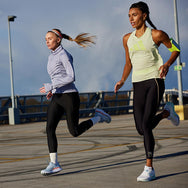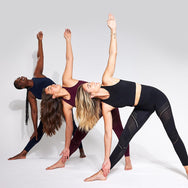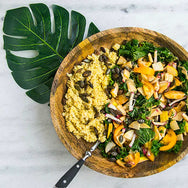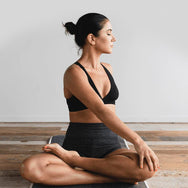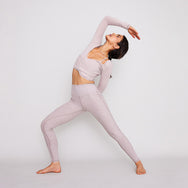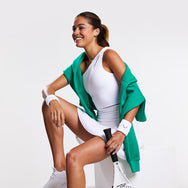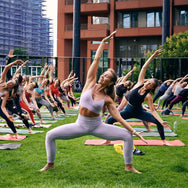What is Pincha Mayurasana?
Pincha Mayurasana, Forearm Stand, Feathered Peacock Pose…whatever your preference when it comes to naming this challenging inversion, the plentiful benefits remain the same.
For me personally the journey to mastering this challenging balance was not so much about building the strength but cultivating awareness. Letting go of ego is mandatory if you are aiming to one day hold Pincha Mayurasana.
The journey to conquering this pose is the most humbling one, as not only does one have to find the strength but also the mobility. There is so much effort and connection with where your body is physically and for that reason it is one of my favourite poses to practice.
What are the benefits of Pincha Mayurasana?
To be able to utilise this shape in your practice your basic yoga foundations need to be pretty strong. Once you’re up and running in Pincha, the work just keeps on coming! Here are just some of the benefits of Pincha Mayurasana you can look forward to reaping.
- Upper back strength
- Improved balance
- Igniting the side body
- Stretches thighs, hips, belly and chest (prep for back-bending!)
- Enticing focus
- Develops arm strength
How to warm up for Forearm Stand
Table top builders :
- Start in a table top position with forearms to mat (instead of hands!)
- Place elbows underneath shoulders
- Lift both elbows from the mat at the same time to a straight arm stance
- Slowly lower both elbows together
- Repeat this 15-20 reps
- To progress, lift your knees and repeat the same movement from a Dolphin pose
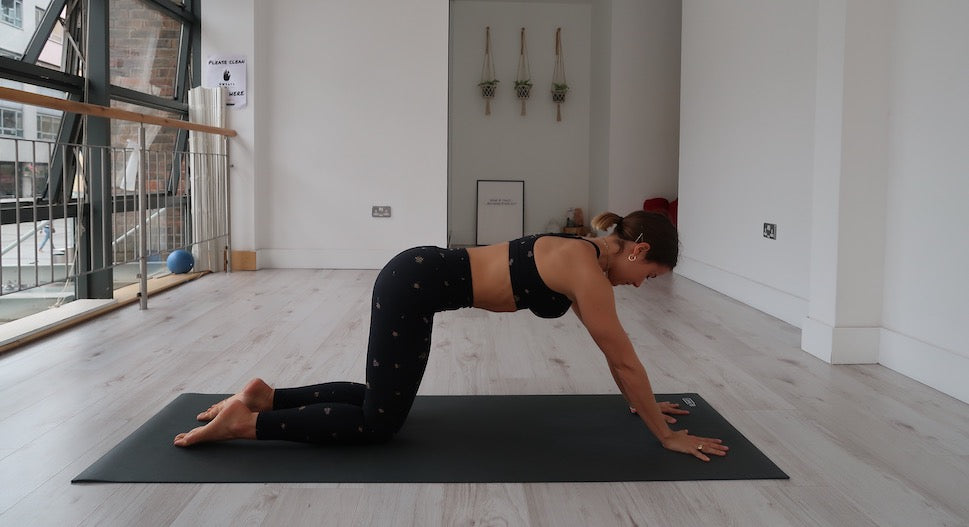
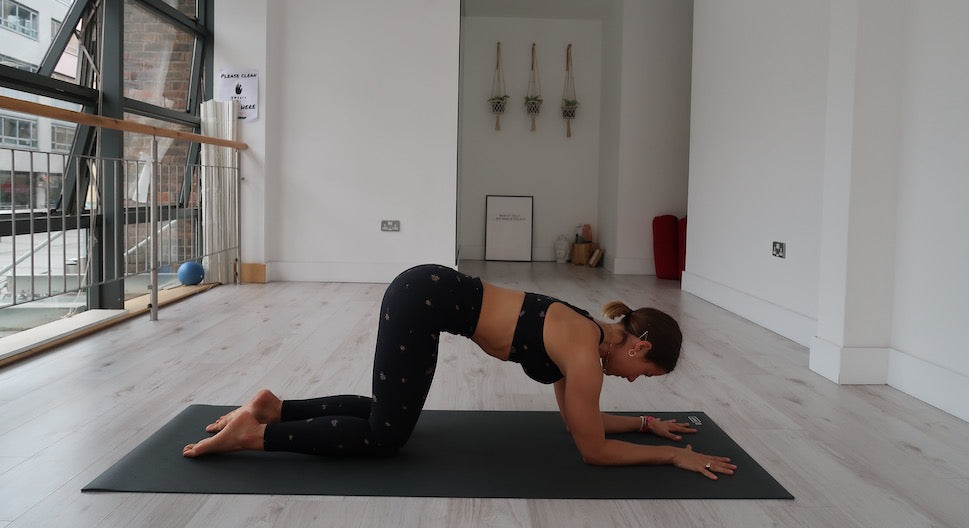
Step by step Forearm Stand
- For this pose, it's critical to have clothing that enables your full range of motion. In this guide, I'm wearing a bra and legging set by The Upside, from The Sports Edit.
- From an all fours position, place your elbows, directly under your shoulders. You can take hold of the elbows with the opposite hands to ensure that your elbows are shoulder-width apart.
- Place your palms flat on the floor with your forearms parallel.
- Press down through your forearms and engage your hands by pressing down with the fingertips, hollowing out your palms slightly (Hasta Bandha).
- Tuck your toes, lift your hips to the sky and come up into Dolphin pose.
- Keep pushing the ground away with your forearms, firm your shoulder blades and bring them down your back.
- Externally rotate your upper arms (outwards) and without moving your forearms, sense that you’re actively drawing them in towards each other.
- Step one foot in closer to the middle of your mat. Keep that knee bent.
- On an exhalation, press into the foot of the bent leg to lift your other extended leg up.
- Start with some small hops to practise feeling the weight in your upper body.
- When you become stronger and your body becomes used to the feeling of being in the first stage of the pose, press into the foot of your bent leg with a little more energy to lift your extended leg completely.
To find your balance, you might find it easier to keep the kicking leg (lower leg) tucked into your chest when you kick up. - Eventually, you will kick both legs up straight.
- Once up in the pose, keep pressing into the forearms and palms, knit your front ribs in, focus on your core by drawing your navel towards your spine, and lengthen your tailbone towards your heels.
- Maintain energy in the legs by internally rotating your inner thighs and lengthening out through your heels or your pointed toes. Squeeze the glutes and draw the naval toward the spine.
- To come out of the pose, lower one foot, followed by the other back into Dolphin pose, bend your knees, and rest in Balasana (Child’s Pose) for a few breaths before coming up.
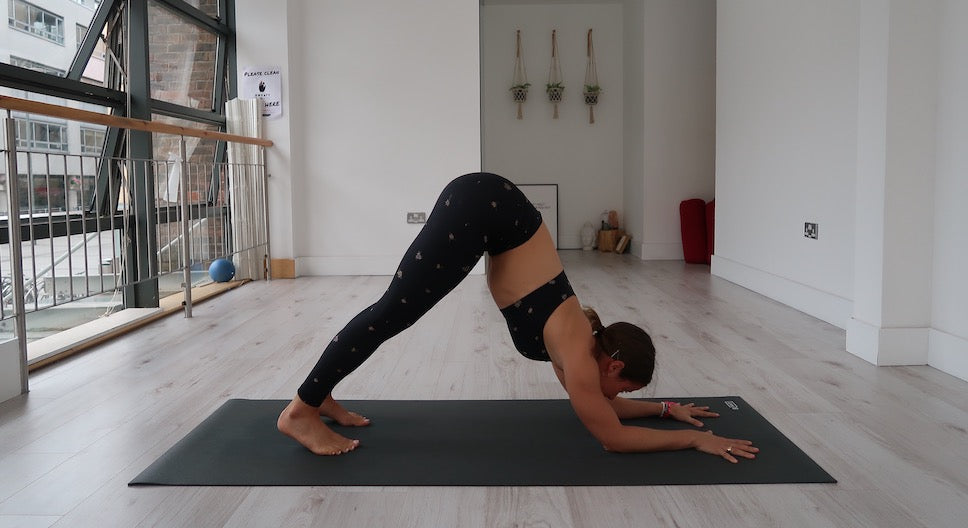
Tips for complete yoga beginners
- Take time to build up strength in your shoulders and core, and to cultivate awareness of the position of your shoulders, elbows, ribcage and tailbone.
- Practising Dolphin pose, as well as forearm plank, for up to 20 breaths is a good shoulder and core strengthener.
- Be patient and master each step before moving on.
- Use a wall as a way to build up confidence in the pose.
- Watch my Youtube tutorial here to learn more ways to build up to Forearm balance.
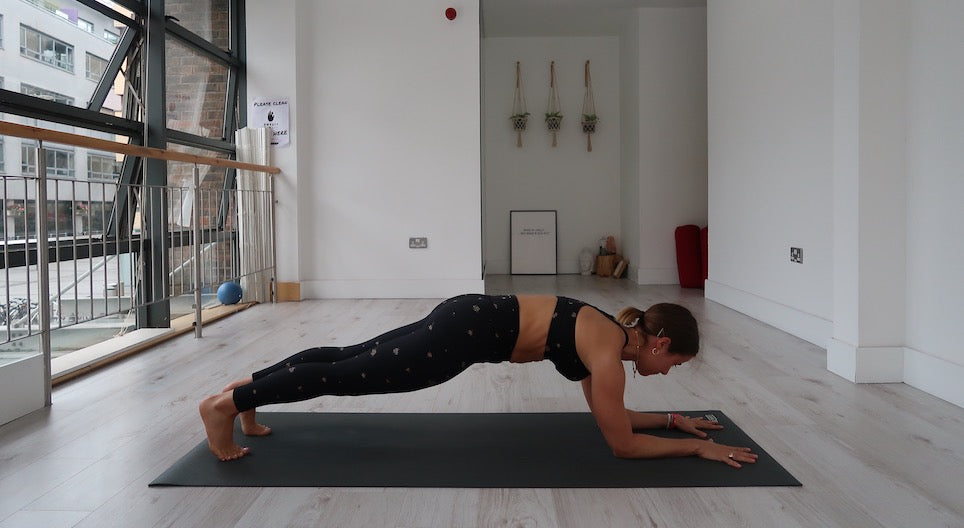
Variations of Forearm Stand
L-shaped Forearm Stand using wall:
- Bring the short edge of your mat to a wall.
- You need to measure the length of your leg first so sit in Dandasana with your feet flat against the wall and place something next to your hips – this is where your elbows will be when you’re in the pose.
- Come to your all fours position with your toes touching the wall behind you, so that you are facing away from it.
- Bring your elbows down on the mat as for regular Forearm Balance. Check that they are level with your marker.
- Come up into Dolphin Pose, with your heels resting against the wall. Start to walk up the wall with your feet.
- Place both feet flat into the wall, hips’ height and start to straighten your knees so that you come into a 90-degree angle with your legs parallel to the floor.
- You may now start to experiment lifting one leg and then the other.
- If you are lifting one leg, try bringing your gaze up to the lifted foot making sure it is dorsi flexed – this makes sure the leg is 1) stacked over your hips and 2) internally rotated which prepares the body for the alignment you will need to maintain the pose away from the wall.
- To come out of the pose, slowly walk your feet down the wall back into your Dolphin Pose, bend your knees and rest in a wide legged Child’s Pose for a few breaths.

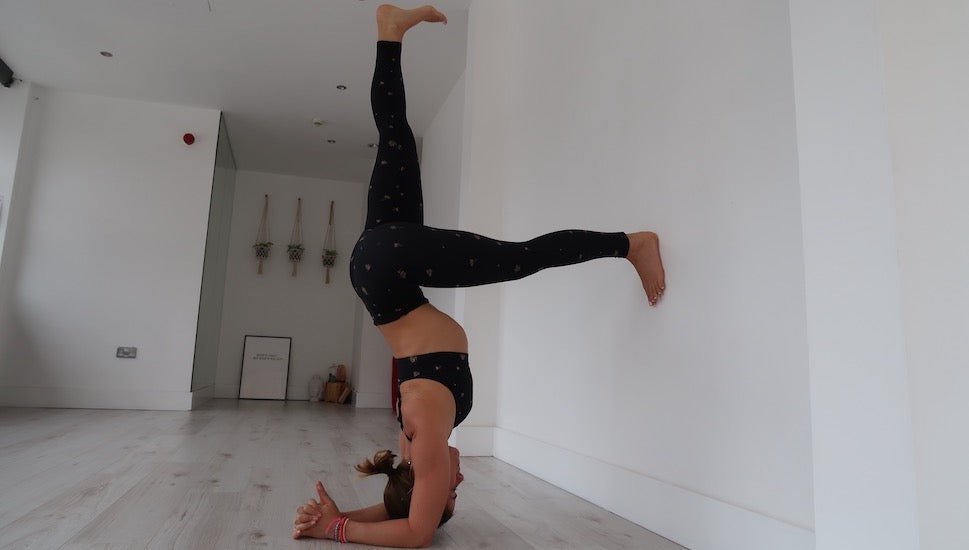
Conclusion
Pincha Mayurasana is a tricky inversion with as many rewards as it has challenges. If you can hone this pose with composure and repetition, look forward to improved balance and upper back strength.
If you're new to yoga, and are approaching Pincha for the first time, remember to warm up properly starting in a table top position with elbows directly below the shoulders.
Taking time to practise Dolphin pose and forearm planks for 20 breaths will help build up the good shoulder strength and breath required for the forearm stand. Once you've nailed the Pincha Mayurasana, try an L-shape variation!
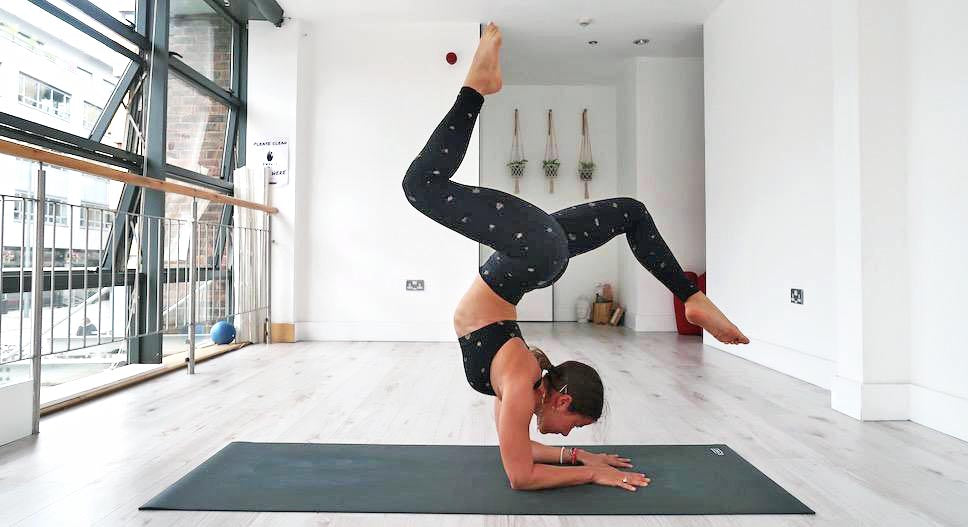
Check out Molly's YouTube channel for more yoga how-to's.
Up Next:







